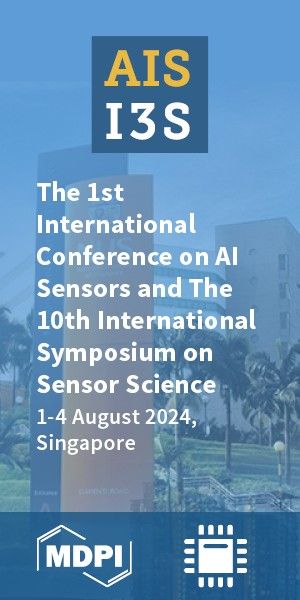Article
Version 1
Preserved in Portico This version is not peer-reviewed
Homotopic Quantum Fuzzy Adaptive Simulated Annealing [ HQF ASA ]
Version 1
: Received: 13 February 2023 / Approved: 14 February 2023 / Online: 14 February 2023 (04:47:29 CET)
A peer-reviewed article of this Preprint also exists.
e Oliveira, H.A. Homotopic Quantum Fuzzy Adaptive Simulated Annealing [HQF ASA]. Information Sciences 2024, 120529, doi:10.1016/j.ins.2024.120529. e Oliveira, H.A. Homotopic Quantum Fuzzy Adaptive Simulated Annealing [HQF ASA]. Information Sciences 2024, 120529, doi:10.1016/j.ins.2024.120529.
Abstract
The work proposes a new approach for evolutionary global optimization which, in simple terms, may be described as a fusion of quantum and simulated annealing. This becomes possible by using basic concepts from Homotopy Theory, conjugated to the already existing Fuzzy Adaptive Simulated Annealing paradigm and other components. In this fashion, it occurs a temporal and nonlinear superposition of the two types of annealing, provoking interesting effects in runtime, including the so-called quantum tunneling, when there is a sudden transition between attraction basins of different minima without "climbing" potential barriers. In addition, the proposal includes a generalization of the "deformation" of Hamiltonians used in quantum annealing by suggesting the use of general homotopies between the surface corresponding to the cost function under processing and another specific landscape, being this possible because of the ability of Fuzzy ASA of handling time-varying objective functions. The proposed paradigm shows that it is possible and beneficial to superpose the two types of annealing, displaying amazing numerical results and suggesting a kind of interlacing or synergic behavior - perhaps we could call it an "annealing entanglement". Finally, given the fast advances in commercial quantum annealing processors, it seems sensible to expect that an implementation of the proposed approach using such devices may occur very soon. In order to demonstrate the efficacy of the proposed algorithm, some significant and detailed examples are included in the text, so as to illustrate and clarify the presented ideas.
Keywords
Quantum Annealing; Tunneling; Artificial Inference; Simulated Annealing; Global Learning
Subject
Computer Science and Mathematics, Mathematics
Copyright: This is an open access article distributed under the Creative Commons Attribution License which permits unrestricted use, distribution, and reproduction in any medium, provided the original work is properly cited.
Comments (0)
We encourage comments and feedback from a broad range of readers. See criteria for comments and our Diversity statement.
Leave a public commentSend a private comment to the author(s)
* All users must log in before leaving a comment







